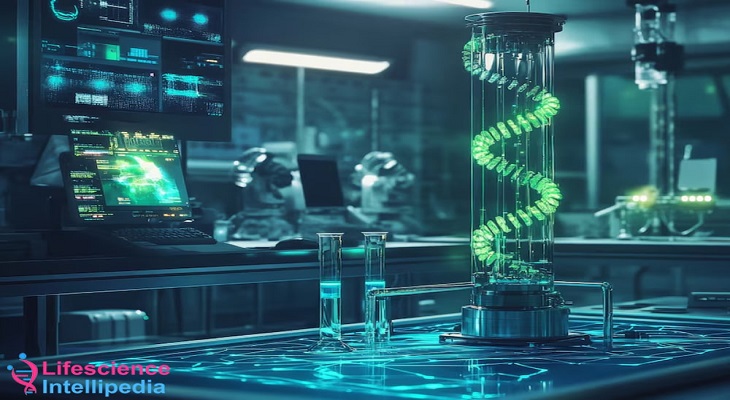
Introduction
The life sciences industry is a vast and emergent area which aims to enhance the wellness of life by means of science and technology. This industry covers almost every field from chemicals, pharmaceuticals to biomedical, biotechnology, medical devices, etc. Therefore, it will be necessary to consider the specifics of the life sciences industry and to expand on many aspects it comprises in order to better comprehend its importance and effects.
What Is the Life Sciences Industry?
The life sciences business includes those companies and organizations that deal with research, development & manufacturing of products that enhance living standards. Science and technology blends research with technology and practicality applies to many fields including biotechnology, pharmaceuticals and many more related to the environment.
Sub-Sectors in the Life Sciences Industry
- Pharmaceuticals: This sector serves the purpose of finding as well as supplying drugs for diseases treatment, healing or mitigation. Generic drugs as well as innovative drugs both are produced by the pharmaceutical industry. It involves the development, production, and marketing of pharmaceutical products which include drugs and medications. It is very useful in treatment of diseases, and extending the quality of lives of individuals.
Applications: Prescription drugs, over the counter drugs, vaccines and biologics.
- Biotechnology: Biotech corporations employ natural mechanisms of living systems with the intent of developing goods and overcoming issues. This ranges from genetically modified food or GMO to biopharmaceuticals and so on.
Applications: These areas include; drug discovery, enhanced husbandry methods, remedial environmental measures as well as other industrial practices.
- Medical Devices: Companies in this sector also include the designing, manufacturing of instruments and devices that are used to diagnose, prevent or monitor and treat medical conditions.
Applications: Diagnostic imaging equipment, surgical tools, wearable health monitors, and In Vitro diagnostic test.
- Contract Research and Manufacturing Organizations (CROs and CMOs): These organizations help in research, testing, marketing, etc. of drug and medical device as well as biotechnology and pharmaceutical and biotechnology company.
- Environmental and Agricultural Science: This sector entails understanding effects of the living organisms and the solutions towards some environmental issues. It also encompasses the use of biological information in making improvements to the farming practices.
Applications: Sustainable farming, eco-restoration, etc.
Recent trends of the Life Sciences Industry
- Precision Medicine: Adjusting medical treatment depending on individual traits of each person seems to be main focus these days. This aims at increasing the positive impact a drug has towards a disease and decreasing the effects of the drug towards the patient.
- Artificial Intelligence (AI) and Machine Learning: AI and machine learning are achieving the changes in drug discovery, diagnostics, and patient care by analysing the data quickly and more effectively. (Courtesy: Deloitte.)
Challenges and Opportunities
1. Regulatory Hurdles
Challenge: Understanding the several regulatory systems can be time-consuming and expensive. It will be highly useful to focus on the problem of compliance with the regulations in the context of introducing novelties to the consumer market.
2. Ethical Considerations
Challenge: The scientific progress in genetics, AI, and other technologies leads to such questions as privacy, consent, or misuse.
3. Funding and Investment
Challenge: The raising capital for research and development needs are generally not easy and remains a competitive fight for young ideas.
4. Global Health Issues
Opportunity: This industry has the ability to solve some of the world’s biggest problems in health, these include; pandemics, antibiotic resistance and chronic diseases among others.
Let us explain the concept of the life sciences industry and reveal the key future direction of the life sciences industry with an emphasis on biotechnology.
Technology, business demographics, and evolution of the diseases and the need for innovation prove that the life sciences industry has the potential to grow. This field is strongly focused on innovation and enhancing the outcomes of patients which guaranties its further development and significance in the economy of the whole world.(Courtesy: Deloitte.)
Conclusion
The life sciences industry is a broad complex and a rapidly growing sector involved in the improvement of the human health and can be applied to such areas as biotechnology and pharmaceuticals, genomics, and wearable health technologies, and many more. Knowledge about its different dimensions, be it the trends or participants involved in it becomes imperative to grasp its relevance and opportunities. Thus, the life sciences industry as a result of using new technologies and discoveries will always be a leading player in improving or changing the health care and much more.







